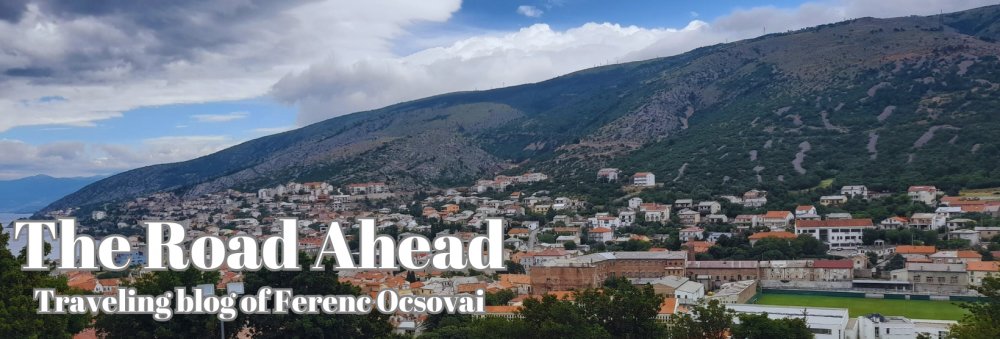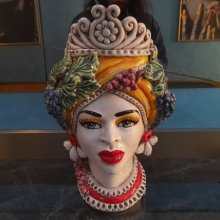
I have already introduced the genius architecture of Catania and previously we were going through the ancient ruins, churches, market streets, palaces and parks of the city. After having shown you the most remarkable sights, it is time to do something more casual and discover how the locals live there everyday lives in Catania. Just grab some traditional Sicilian food, follow me and listen to some stories from this marvelous place!
For those who are interested in modern buildings, the outskirts of the city has many factory chimneys and world war bunkers, but it can be difficult (and sometimes dangerous) to travel outside of the city center, therefore I do not really recommend you to do that in Catania.
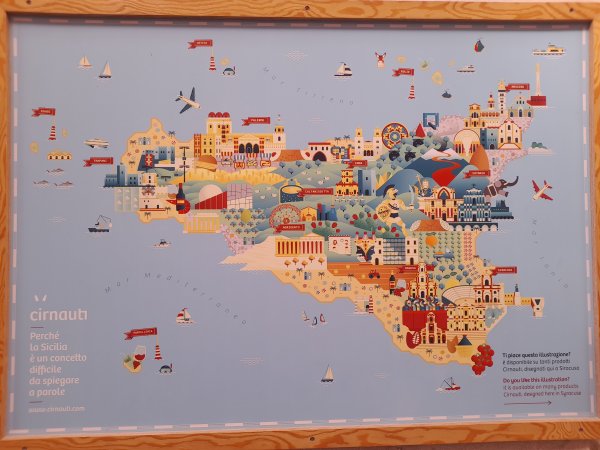
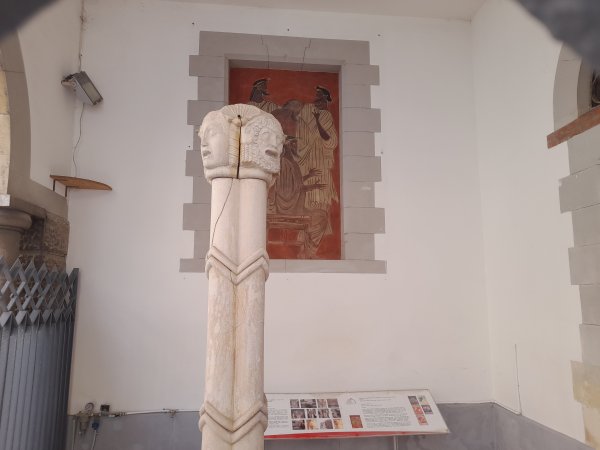
For example, I wanted to go to the beach (spiaggia) of the city, and actually, it turned out later that I was pretty close and eventually could have managed that.
Yet I did not consider it a good idea to walk there: roads and highways were everywhere that I did not dare to cross, so it seemed that it was possible to drive to the beach only by car. I assumed that Catania was rather a port city than one with a beach like Rimini, and I wanted to head back to the downtown.
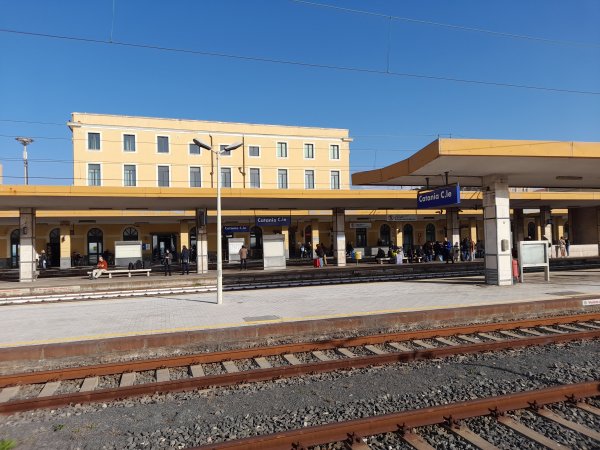
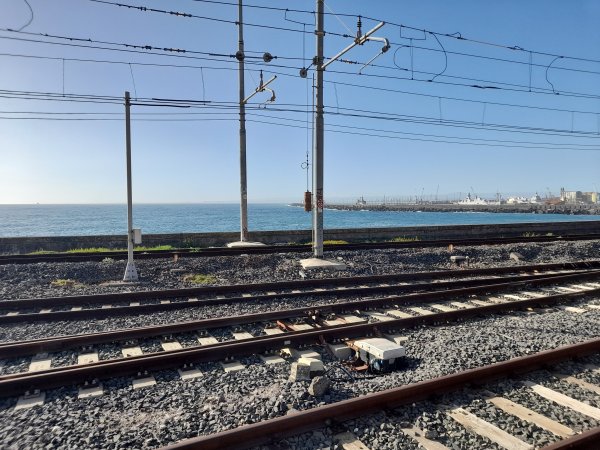
Fortunately, the hospitality of locals did not let me down: although I could clearly explain in Italian what I needed, the bus driver understood that I was a tourist with quite an adventure that just happened, and he just told me not to pay anything for the ride to the city center.
It was also usual that wherever I went it was easy to contact people, both locals and other tourists when I needed help, wanted a photo or just began some small talk somewhere.
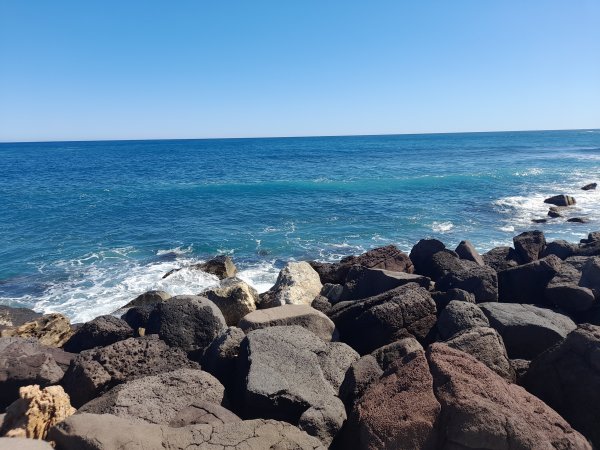
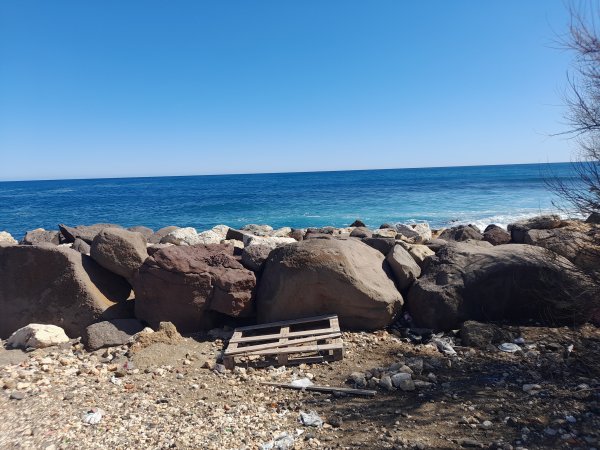
Of course, if you speak the language, you have a bigger chance, but most people want to find a way to help you. Again, I did not notice anything about the so-called threats of Catania and I did not feel in danger at all – rather the other way around.
Even when someone was suspicious to me, it turned out soon that I was wrong: they just wanted to tell me how to get inside a museum or that I had to tie my shoelaces.
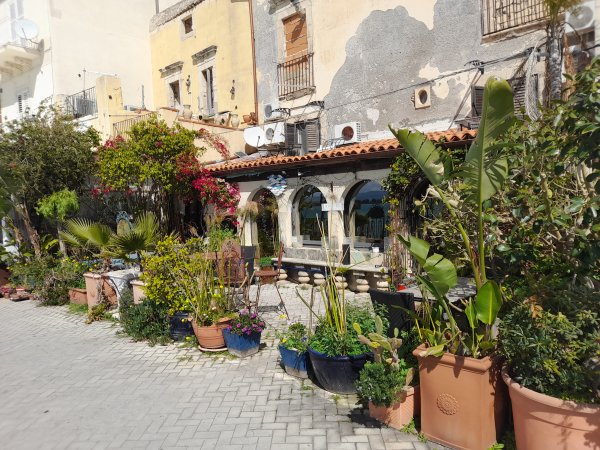
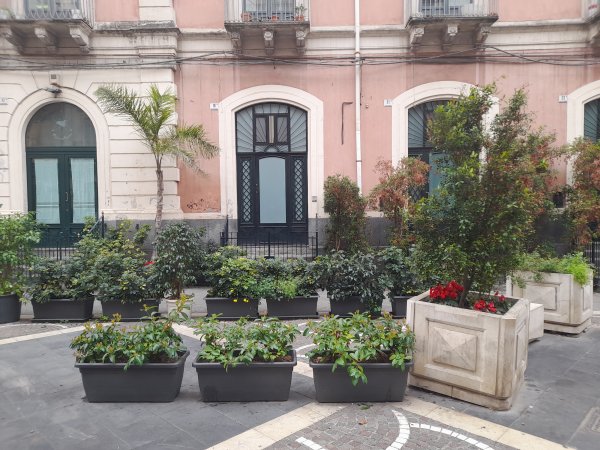
The traffic in general was horrible for someone like me who is used to traffic lights and predictable situations by walking. I still remembered that I had some though moments in Naples and Palermo, so this time I was already experienced enough to know how to avoid accidents and how to be confident in certain cases.
Since there are only a few traffic lights in the city, even if you take a pedestrian crossing on a road with multiple lanes, you will never cross if you wait for the cars and motorbikes to stop for you or until they are all gone. If it's not 2 am or the middle of the night in general, there will always be some of them, believe me.
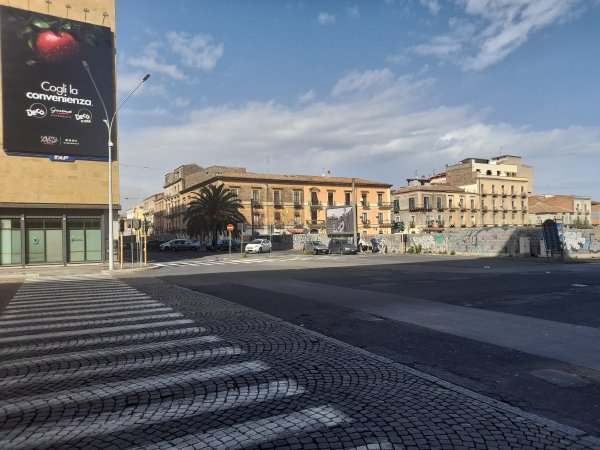
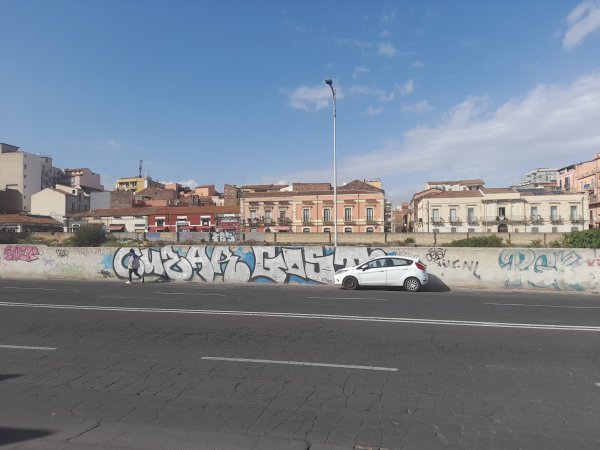
However, when there is a chance and the closest road lane is free, it is better to start walking and trust the drivers of the further lanes that they will stop when they notice you.
Sounds insane, but they mostly stop, and since there are so many cars on the road that it is busy all the time, none of them can drive really fast within the city center and you can recognize after a while when it is safe to leave the pedestrian area and when it is not.
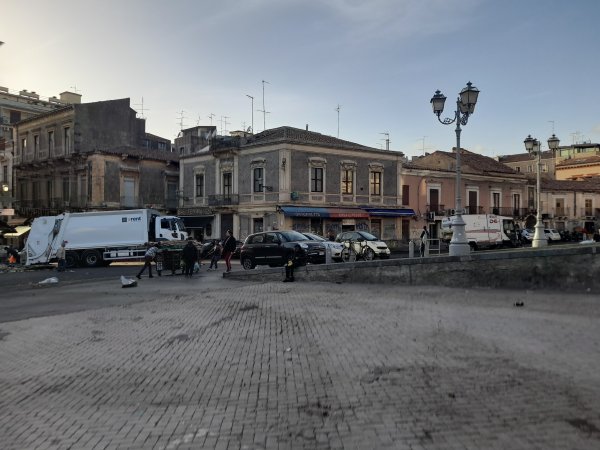
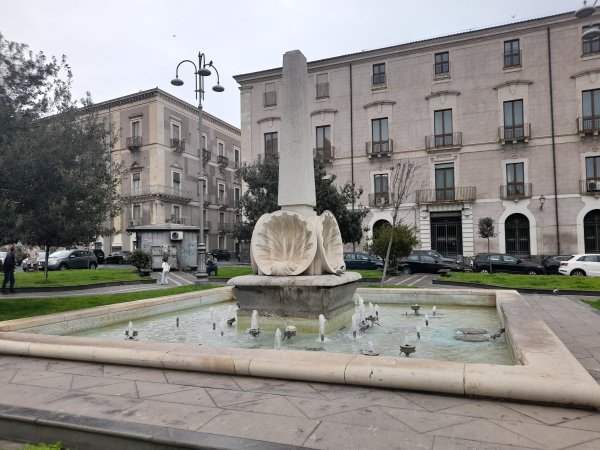
People usually say that on the South of Europe, so in Greece, Italy or Spain drivers are crazy – I used to agree, but by now I would not see it that way anymore. The thing is that these nations' culture and approach towards traffic is quite different, but I do not want to judge it. One is just not entitled to judge it from the outside.
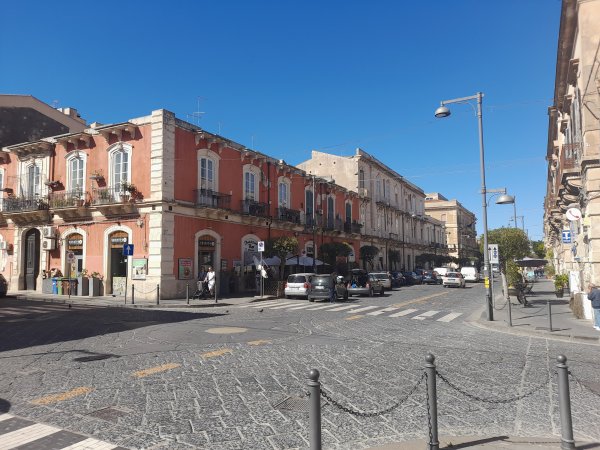
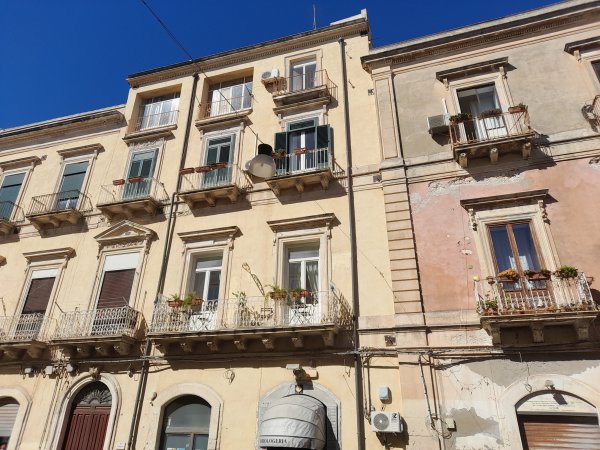
If this way of driving did not make sense, it would not work in practice, and it is true that I did not see any troubles on the road at all, although I do not drive and can just use a pedestrian’s perspective. Of course, stereotypes have their reasons why they were developed.
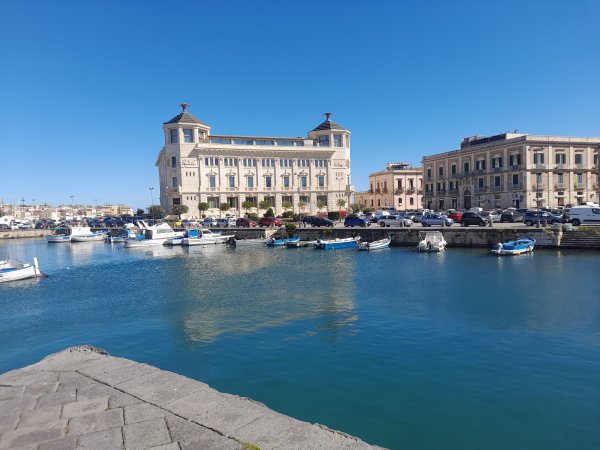
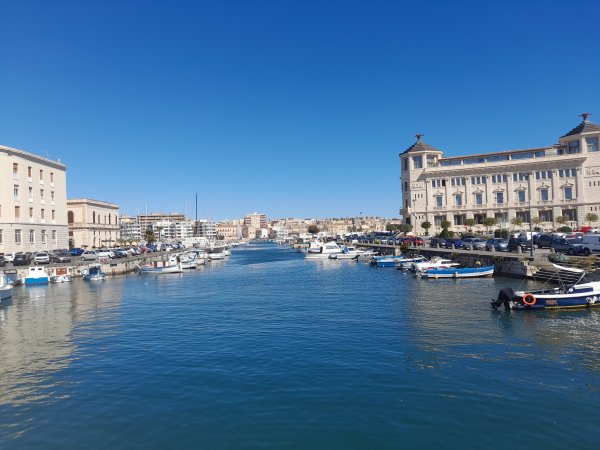
Most of the locals, if they did not walk, preferred the car or public transportation to bikes, or, what was totally a stereotype from the big book, there were really a lot of scooters everywhere.
One usually associate scooters to Rome or maybe to Naples, but I swear, I have never seen so many scooters per person as I did in Catania. It is for sure that people on the South take everything easy with all the bright and dark consequences of it, and it was quite visible for me.
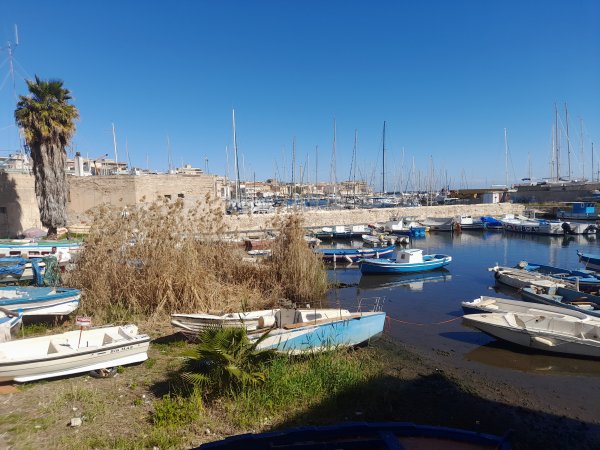
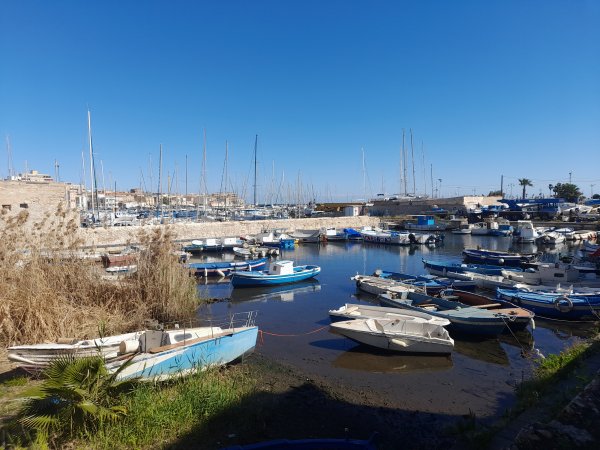
In spite of the huge number of scooters, there is a more traditional vehicle in Siciliy: it's the Sicilian cart (carretto) which was used for the transportation of goods throughout the island and was pulled usually by a horse or a donkey.
Nowadays these colorful and decorative carts have lost their practical role and they are rather the representations of the local folklore, therefore they mainly appear on weddings, parades and festivals.
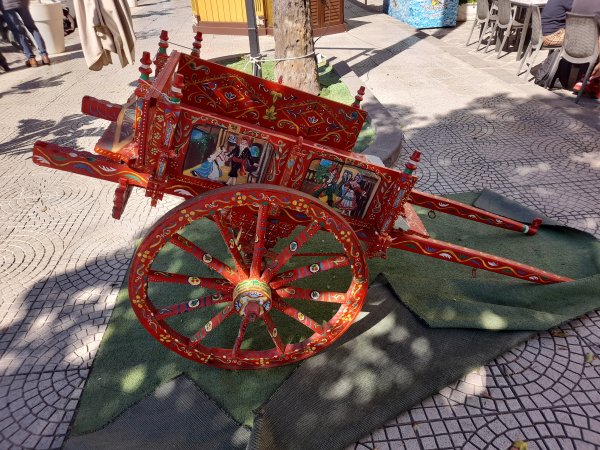
Fortunately, unlike in other regions of the Mezzogiorno, the railway lines and the public transportation along the Eastern-Sicilian coast are pretty easy and comfortable, although you should always consider the recent rules such as the check-in with your online ticket, which is a new regulation when I was staying there.
Italians do not always inform foreigners, because it is obvious for them, but this lack of knowledge may cause a hard time for the traveler if a control person or driver is not so understanding.
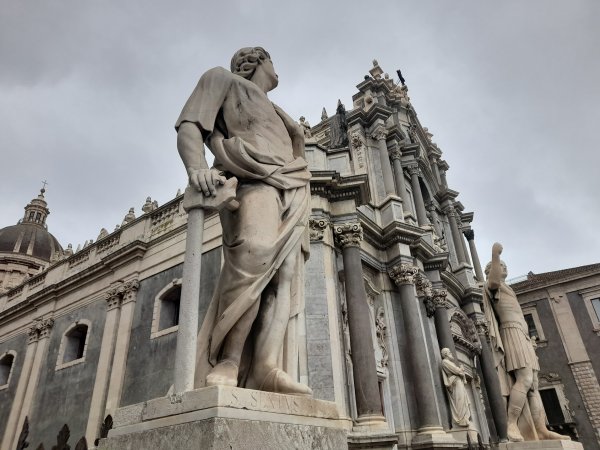
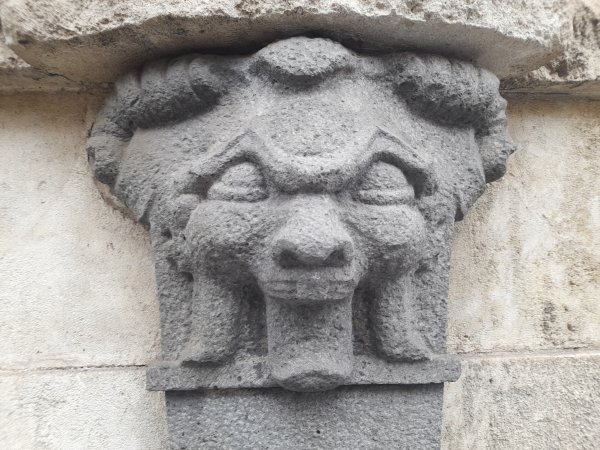
For instance, be careful on Via Etnea and the other streets I mentioned, because unlike in some other European cities, they are not exclusively for pedestrians, even if people tend to use them so.
It is quite usual on such 'tricky streets' that in one moment there are violinists playing Vivaldi pieces and accordionists playing Piazzola or the Godfather theme for tourists, just like in a pedestrian street.
However, when a car is coming, everyone has to go to the two sides of the road and then back to the middle. It turns out that things are not always what they look like, and this feature of the traffic is a bigger danger than the ones described in my previous article on public security.
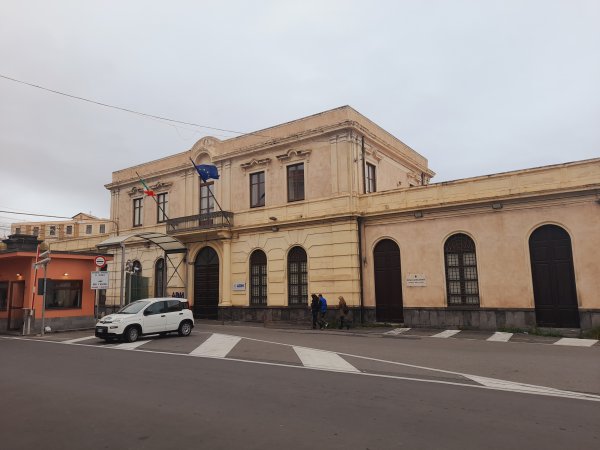
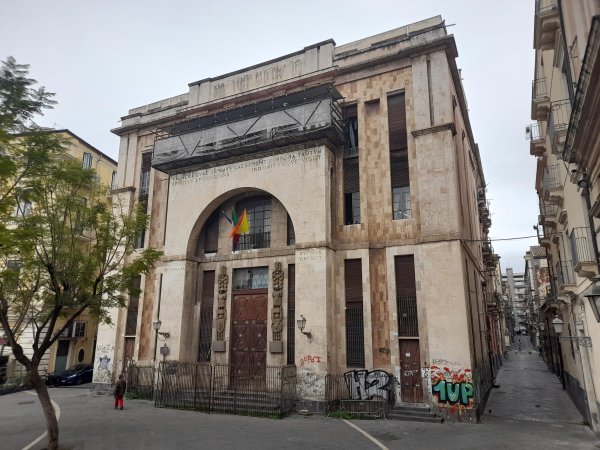
After all of that, it was obvious that I needed to buy a fridge magnet with two figurines on a scooter stating in Sicilian language figghiu d’arte sugnu (‘I am a son of art’ ) written on a book page.
Speaking of Sicilian, it is a long-running debate whether it is a language or not, and as I mentioned about Romagnol language too, it is mostly a matter of political views if one considers it a dialect of Italian or a separate language (same case with Aragonese in Spain, Moravian in Czech Republic and Silesian in Poland).
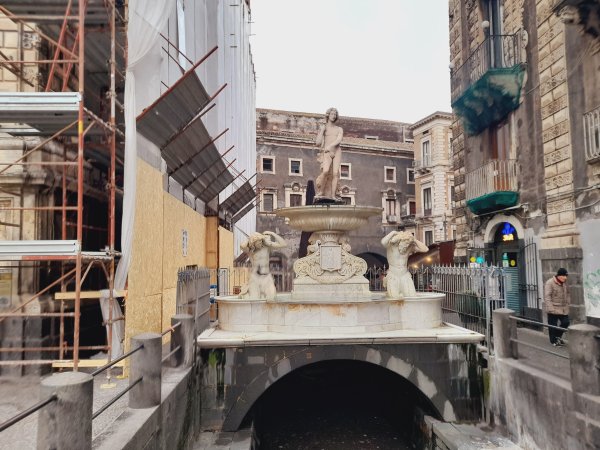
My personal opinion is that it is an independent language, and one of the most important Sicilian poets, Antonio Veneziano from the 16th century would agree with me.
He asked the rhetoric question that if Homer could write in Greek, Ovid in Latin and Petrarca in Tuscan (the standard dialect of Italian today), why he and Sicilian people should behave ‘like a parrot, mouthing the language of others’ once if they have their own.
Generalizing that everything is all Italy, just because you see borders on a map is a false concept that you will easily forget by going out and talking to people in person.
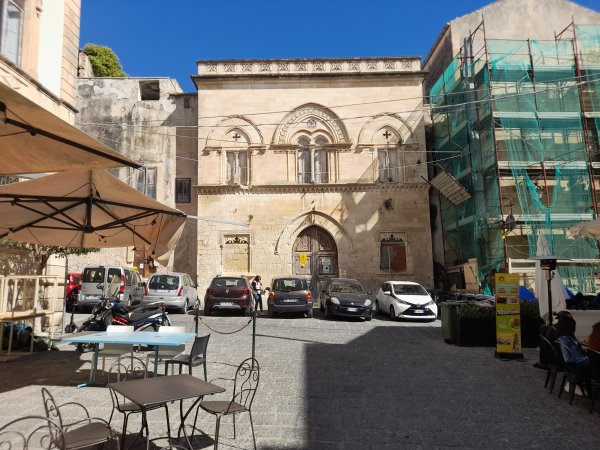
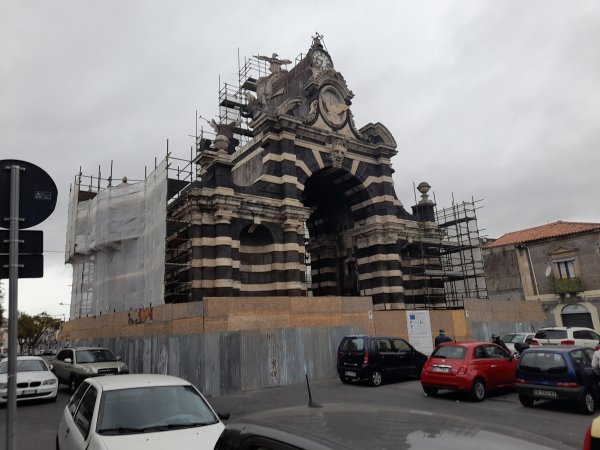
Another stereotypical phenomenon was also present, namely, the streets were full of garbage as unfortunately in many cities in South-Italy.
It can be a shocking experience for someone who visited first the North of the country to see that the same city is able to have hundreds of beautiful town houses, palaces, churches, state office buildings and ancient ruins, and then in the next moment one can notice a huge heap of rubbish on the streets.
For instance, I arrived to Catania right after a market day, and all the unsold vegetables and fruits were thrown onto the streets.
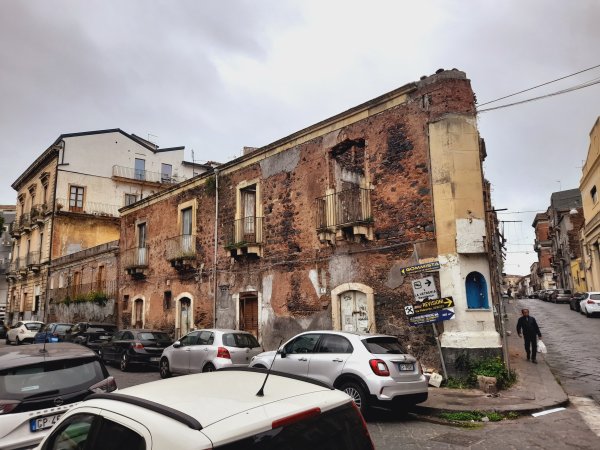
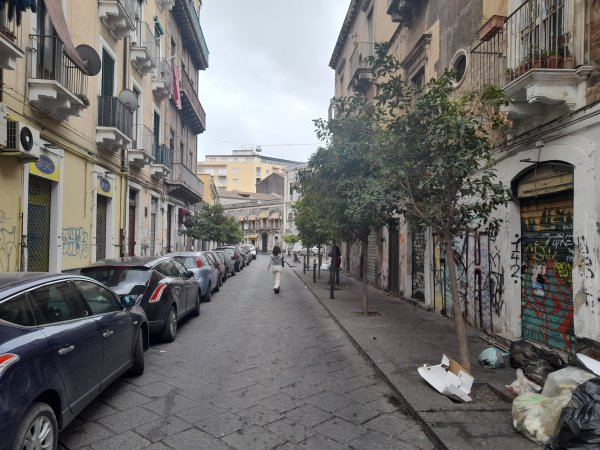
It was sad to see such a waste of food, but again, everything related to the garbage in the streets is the result of a different mentality and different habits, and it is not so easy to change it.
Most locals know it that it is not right and do not have bad intentions, but it is related to the vast amount of people living there and their lifestyle. The street garbage in Southern cities in Italy like Catania, Palermo or Naples has been an issue for many decades, even centuries which makes them very controversial in the eyes of other nations.
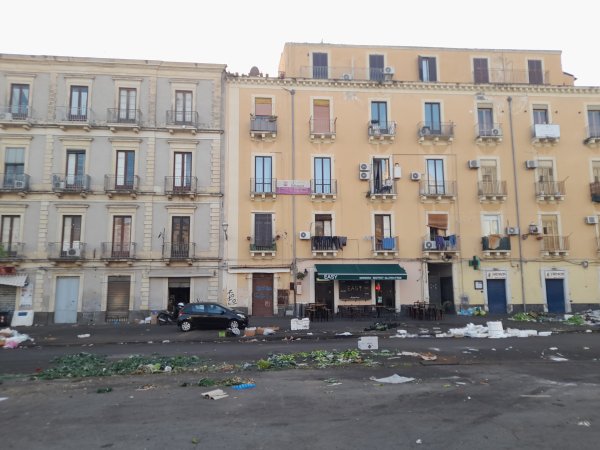
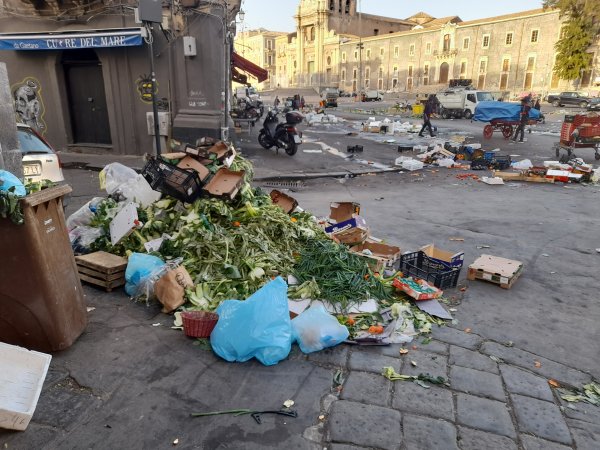
It is definitely a shadow behind a trip to these places, but it should not stop anyone, because there are so many beauties in turn. Maybe you will see onions, oranges, carrots and cabbages thrown on a street by walking, but then there will be an icon of a saint or a small chapel carefully surrounded with flowers at the next corner.
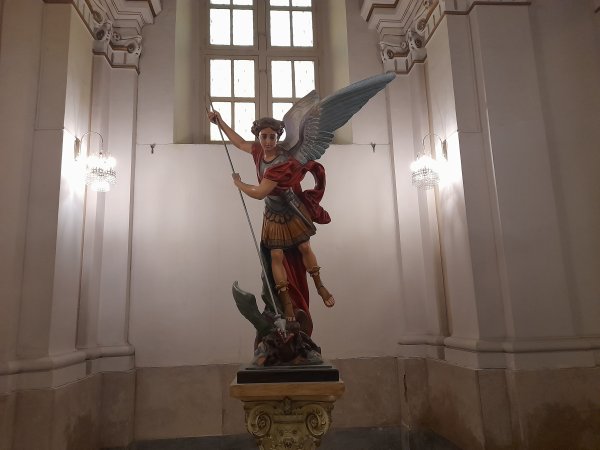
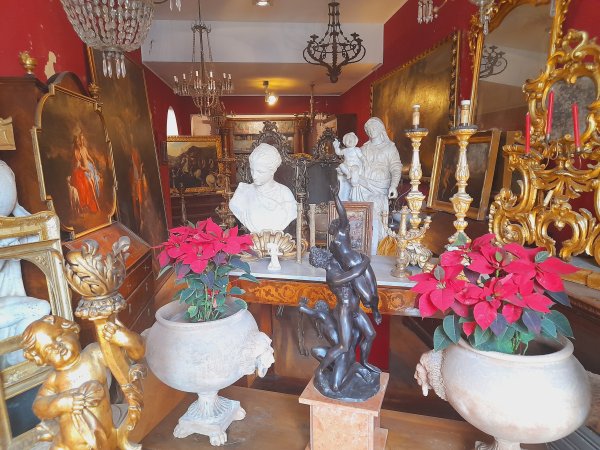
It is also a pity that I saw such a waste, because if the food is well-used, Italian cuisine, as we all know, is able to create real pieces of art. The number one dish which is completely related to Catania is Pasta alla Norma: this wonderful pasta meal is made of tomato sauce, eggplant, basil, is sprinkled with ricotta cheese and served usually with penne pasta.
Of course, the name derives from Bellini's beautiful opera. If you want to check just one song of it, listen to the most famous air, Casta Diva ('Pure Goddess') performed by Maria Callas. I have attached it for you below.
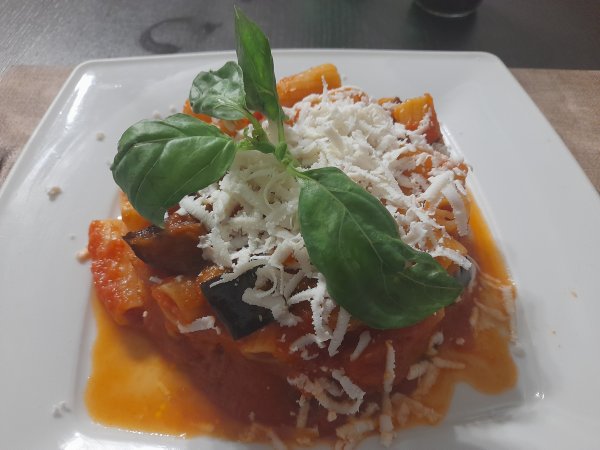
Another local speciality is the horse meat (carne di cavallo): it might be shocking for some people, but there was nothing weird about it for me, since horse sausage for instance is also known in Hungary.
I was not planning to try it, but accidentally I found a pub during my last night, which offered this opportunity, and I did not regret it at all: the delicious meatballs reminded me a bit to Hamburger meat and to our traditional Hungarian meatballs, fasírt.
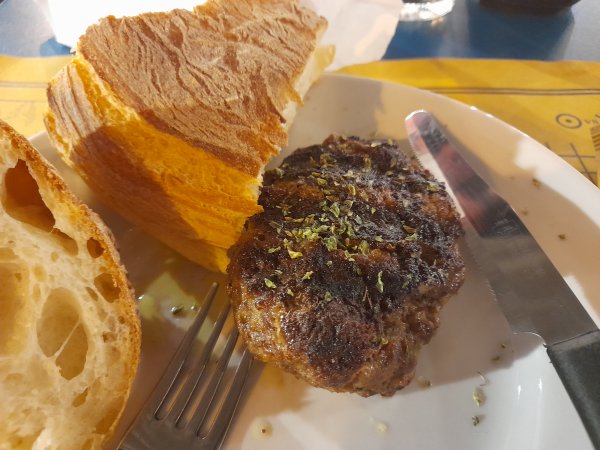
I met an old friend whom I knew from Palermo: arancino, the best-known Sicilian street food, which can be found in many places. In general, arancino is a warm rice ball breaded from the outside, stuffed with various ingredients depending on the flavor.
This time I tried the ragù one (basically with peas and alla bolognese sauce) and the one with ham (prosciutto) and cheese. The name of the ball means more or less 'little orange', since when you look at it from the distance, it does look like such a fruit.

When you walk in Catania, sometimes you may think there is fire somewhere near by suddenly noticing smoke everywhere, but believe it or not, t is another street food I finally did not try.
There is an interesting Italian market tradition of grilled fruits and vegetables, and the most common ones are artichokes (carciofi) and chestnuts (castagne). Sometimes they seemed to be burnt for me, when I observed them grilled totally black, but then I understood that this was the way to make them. Next time I will give it a try for sure!
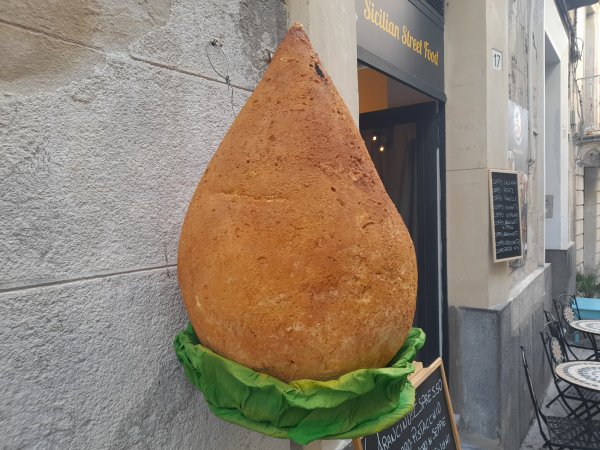
In terms of drinks, it is a must to mention the fresh juice called spremuta usually made from orange (spremuta d'arancia), but blood orange, lemon, lime might be its ingredients too. When you see gorgeous, colorful market carts full of oranges, lemons and similar fruits saying spremute on the top, you are just in the right place to try a tasty fruit juice squeezed freshly on the spot.
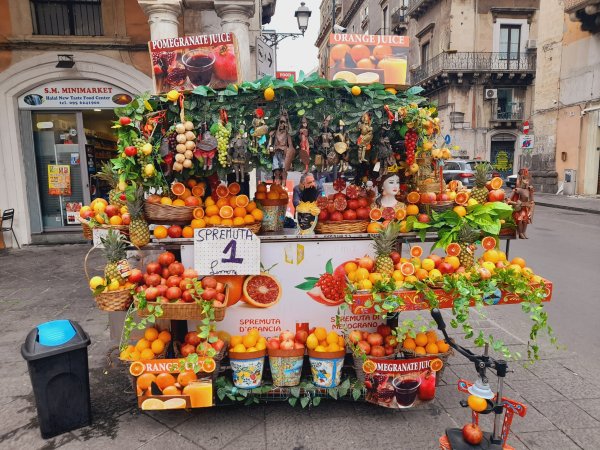
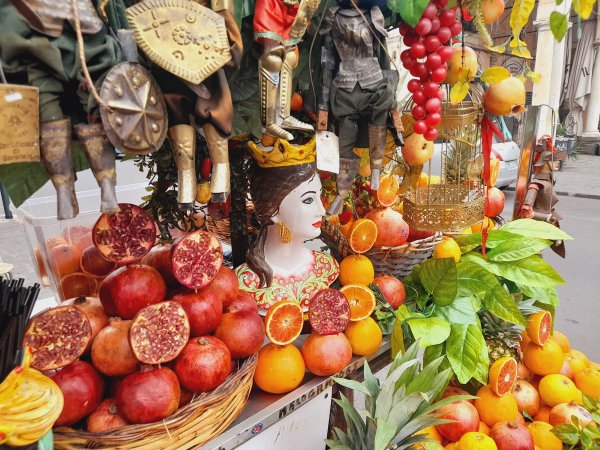
In terms of alcohol, my favorite wine from Siciliy is still the kind called vino Nero d'Avola: it is obviously not black as the name suggests, but it’s a red wine that fits to every situation.
Other alcoholic drinks and liqueurs are similar to other regions of Italy, so one can find limoncello, meloncello, amaro and grappa (a grape spirit originally from the North) in many shops, but if you want to stick to something lighter, there are local breweries in Sicily.
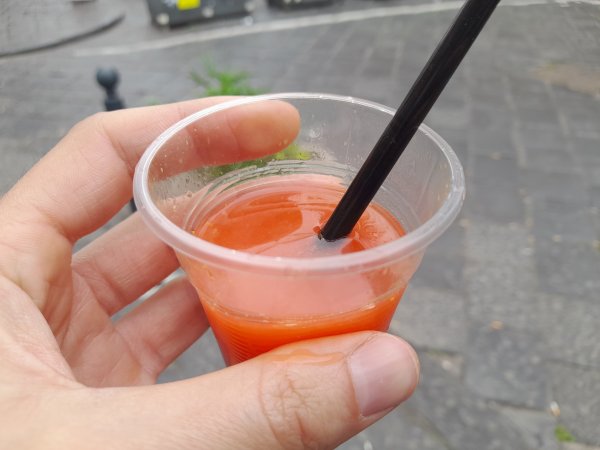
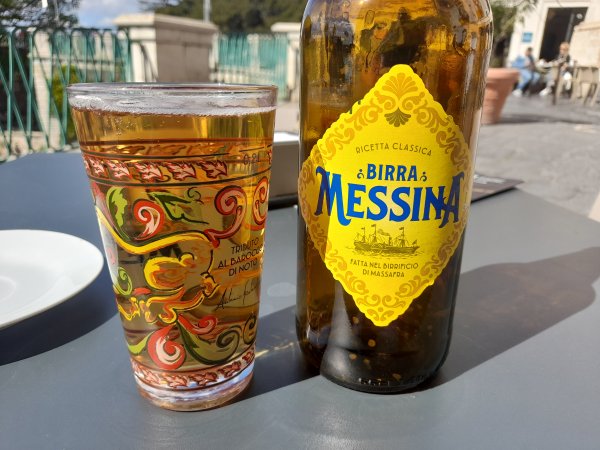
I even had a funny moment while drinking one bottle of it on a terrace: an old Switzer-German couple was completely sure that I was from Italy so they wanted to record the authentic moment of an Italian guy drinking an Italian beer (Schau, das Bier! Das ist Bier! as they kept on repeating, impressed by the beer) and took a photo of the glass and the bottle.
I did not want to ruin their trip, so I was just smiling confused and let them think that I was Italian and I let them use the few basic phrases they learnt from the tourist books like io sono da Svizzera ('I am from Switzerland').
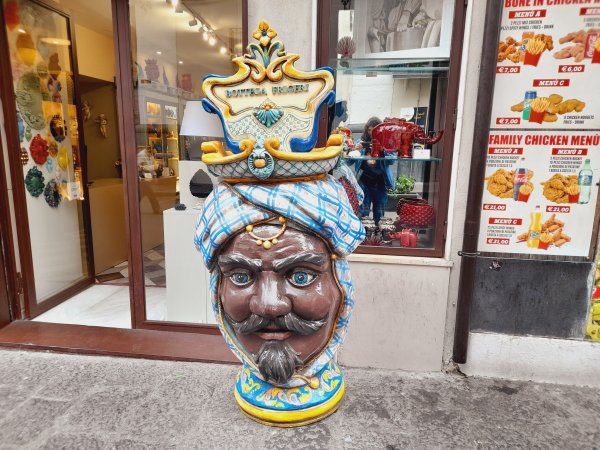
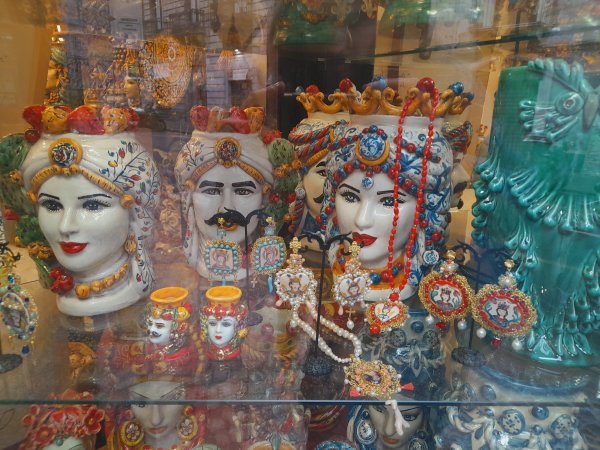
If you pass by the juice carts or any souvenir shops in Catania, you will definitely wonder what the interesting, colorful ceramic heads are and what they exactly mean.
Well, I will uncover you the secret: this means that you have just seen some of the famous Sicilian Moor’s Heads (Teste di Moro) that are popular themes, folklore motifs and parts of the local cultural heritage.
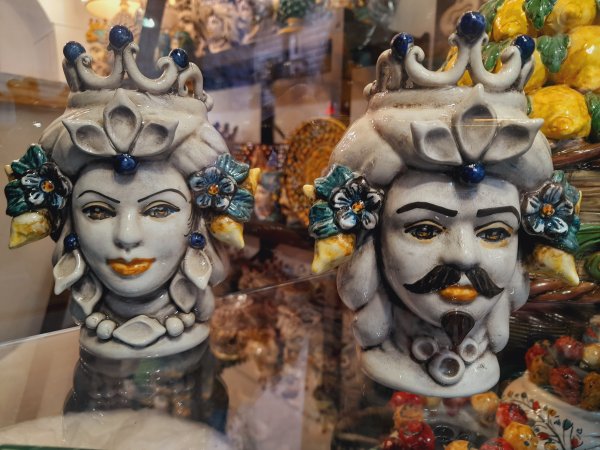
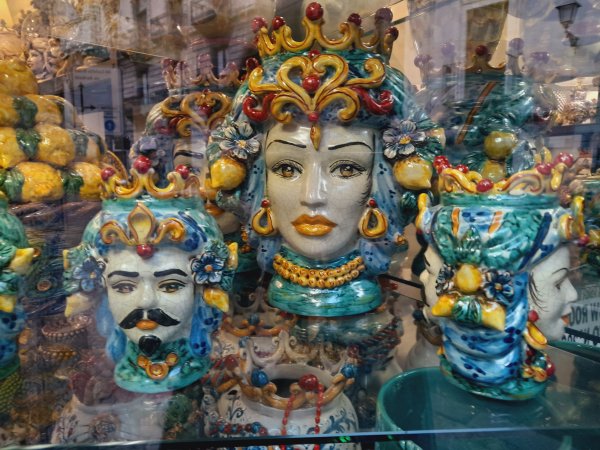
The heads usually wear a turban or a scarf and a lot of jewelries or fruits, and their faces, which are usually black or white, have oriental features exactly like Arab (Moor) people.
The original ceramic products have various shapes and sizes and they are used as flower pots, but there are small versions nowadays in the same style as gifts, fridge magnets or decorations for the desk.
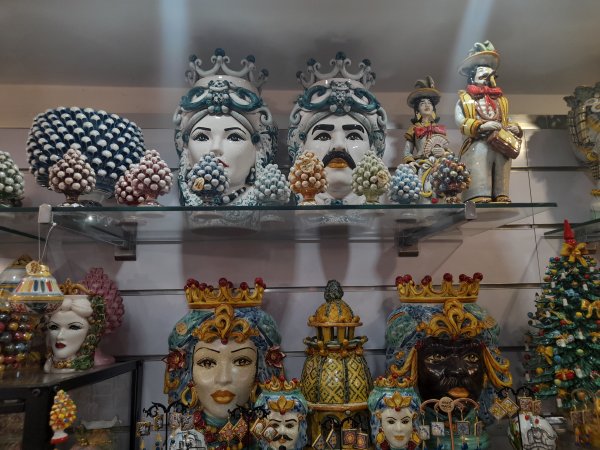
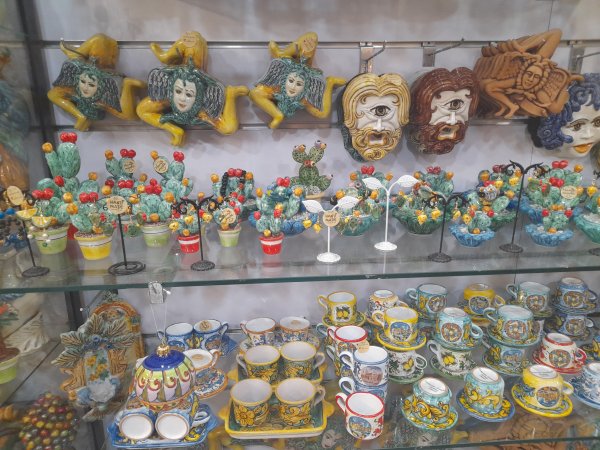
Their role is a bit similar to the small Moor heads called morčić from Rijeka, Croatia, because these figures bring luck and wealth to the house where they stay like some kind of family totems or benevolent spirits. It is important that Teste di Moro are always made and sold in couples: there is always a male and a female member of it.

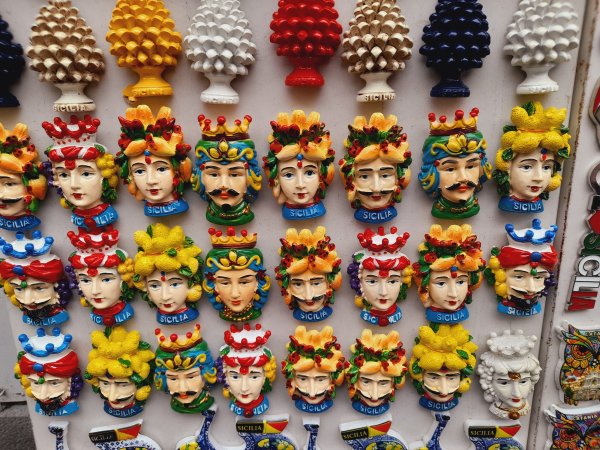
There is no doubt that the inspiration came from the times when Sicily was under Moor rule in the 9-11th century which I mentioned too while writing about Palermo.
There are many legends about the creation of these heads and about why they are a couple: one says that a Christian girl fell in love with a Moor soldier, but she found out that he already had a wife and a family back home and he was just playing with her until he could return to Arabia.
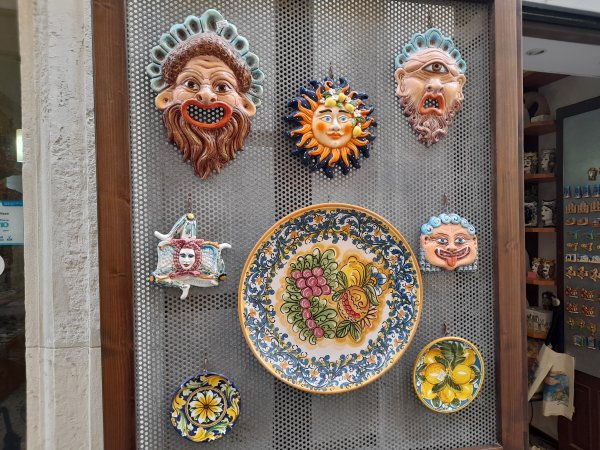
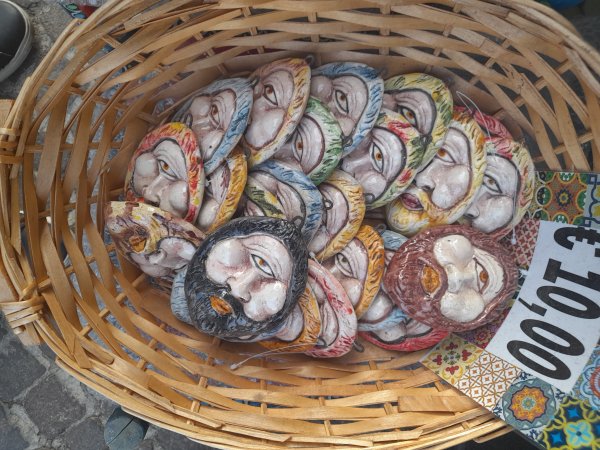
When they spent their last night together, the girl cut off the head of the soldier to take her revenge and hid it beneath the earth of a basil’s pot (or made a pot from his head).
The basil grew very quickly and it had many huge, delicious leaves, so the neighbors decided to prepare pots similar to the Moor’s head to make the plants grow faster like the girl's one did.
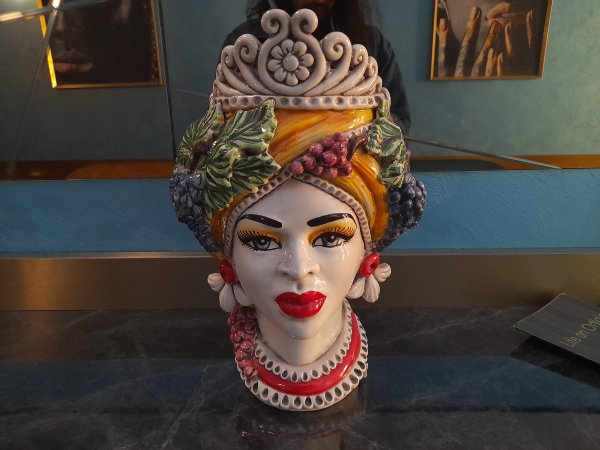
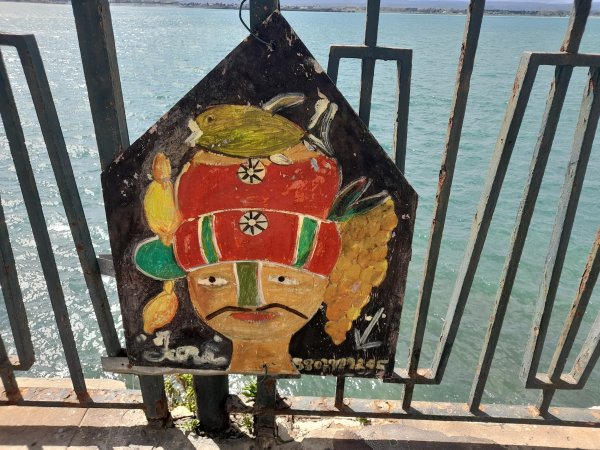
Another story says that the Christian girl and the Moor youngster were in love with each other, but the girl’s family found out the secret, so they beheaded the lovers and dag their heads in flower pots – thus the ceramics represent the poor-fated couple.
Actually I remember a similar tale about a boy who was beheaded by his girl’s brothers in the woods and then a beautiful plant was growing from his head, hence such European stories are known also outside of Sicily. Yet it is definitely Testa di Moro which made the legend widely known in folklore and literature.
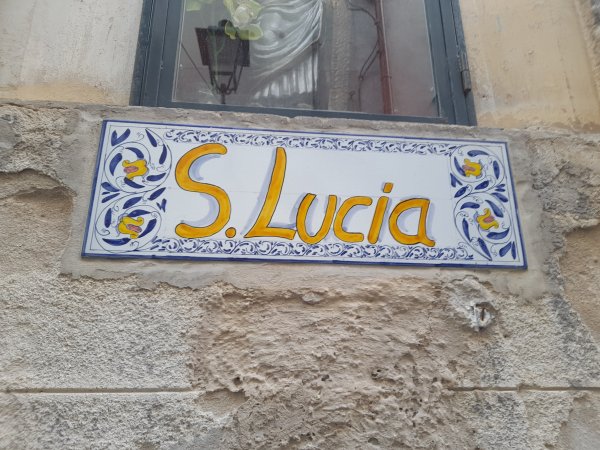
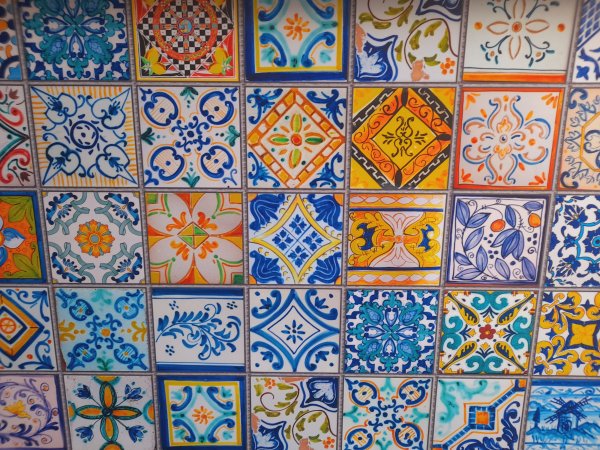
The island’s ceramic products are worldwide famous anyway: just enter a shop which is for traditional Sicilian products, or some of the bigger souvenir shops, and apart from the Moor’s Heads you will find Medusa’s heads, Cyclops faces, pinecones (symbolizing fertility), sun disks with a face and, of course, the three-legged head, trinacria, the symbol of Sicily, which I talked about before.
One should not forget about the colorful and radiant ceramic tiles either, which use flower motifs and geometrical objects; if you are familiar with Islamic architecture and crafts, you will agree with me that the ceramic art of Sicily might originate from the Moorish times just as in Valencia, what I wrote a lot about.
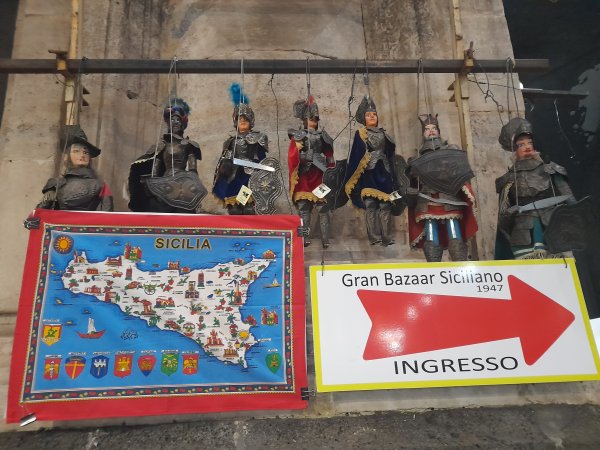
You can also observe another cultural heritage in tourist shops and by street sellers: the cute marionette puppets on strings, that usually look like knights, although there are kings, princes, princesses, peasants, craftsmen, Saracens (Moors), devils and so on among them.
These friendly, funny or scary guys are the characters of the traditional Sicilian puppet theater, Opera dei Pupi, which is even on the list of the UNESCO World Heritage program (by the way, you can find a museum dedicated to the puppets in Syracuse).

This theater often retells old Frankish and medieval romantic stories, for example from the times of Roland, the brave and legendary knight of Charlemagne, but there are plays based on Shakespeare’s romantic stories like Romeo and Juliet or A Midsummer Night's Dream too.
The whole performance is accompanied by live music and all the characters have a different voice, appearance and personality on stage. In my humble opinion, such programs are definitely entertaining for adults as well, and I hope I will see an authentic Sicilian puppet theater someday.
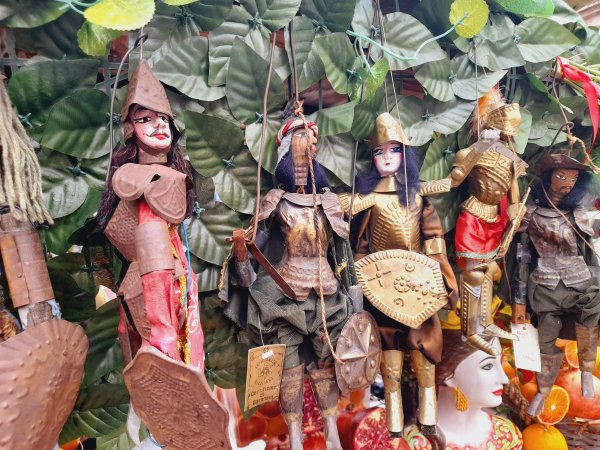
That is all the knowledge I have gathered about Sicily in Catania, but there is another place we have yet to discover. If you would like to walk among enchanting seaside fortresses and temple ruins, learn about nymphs, gods and goddesses, read about a battle between Greeks and Romans or meet one of the greatest minds of the Ancient Times, you surely need to check it out!
